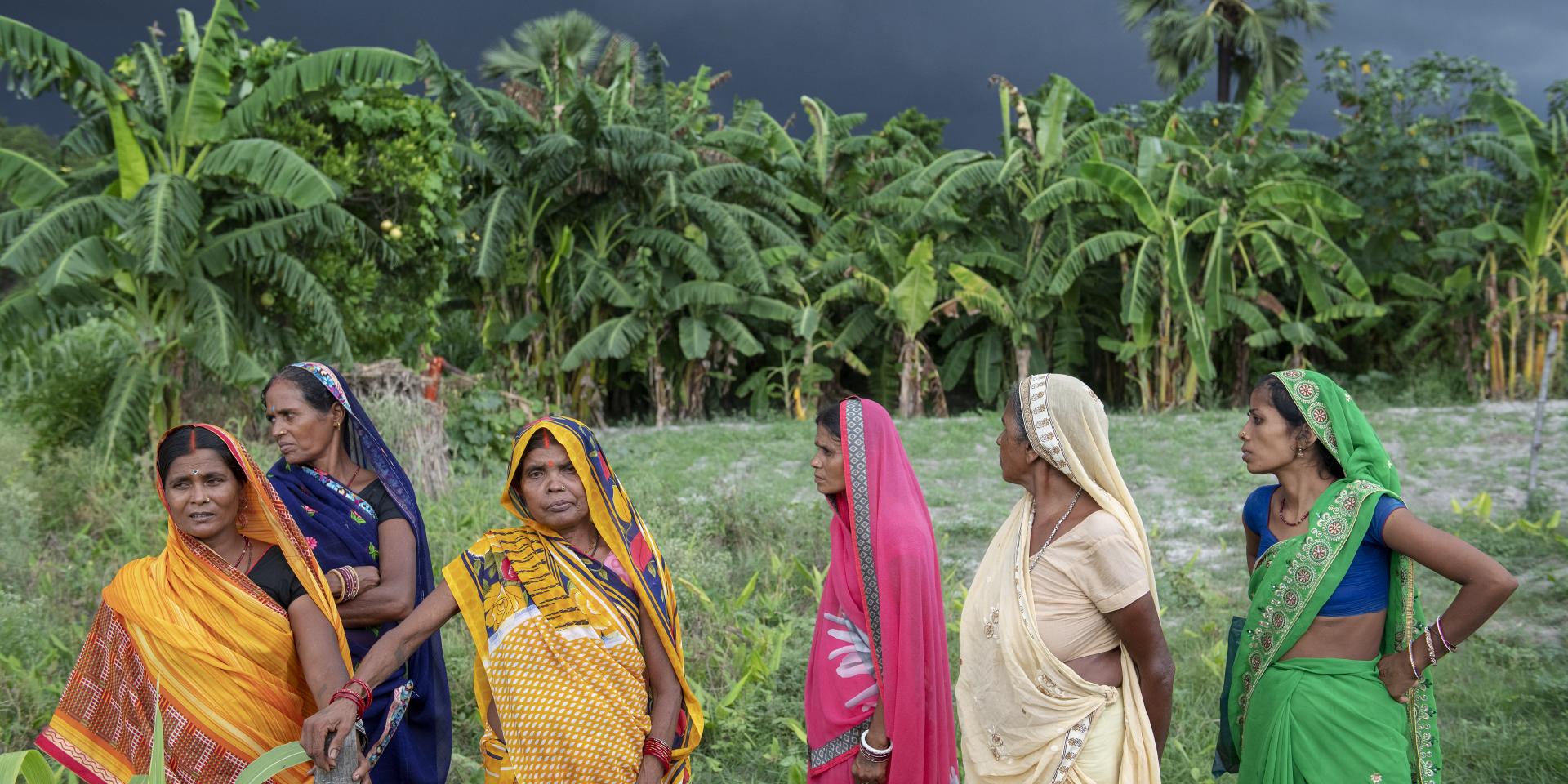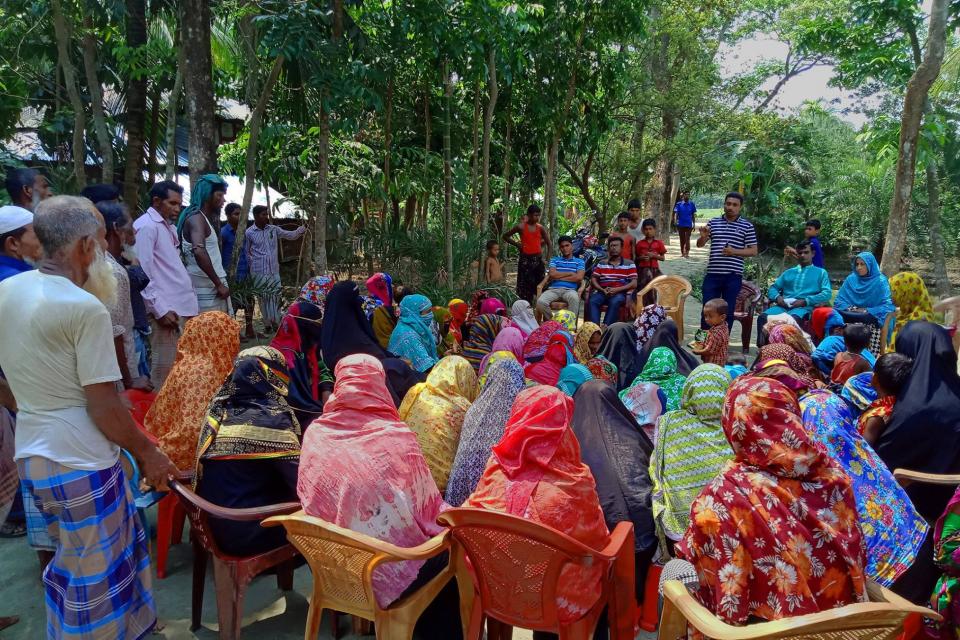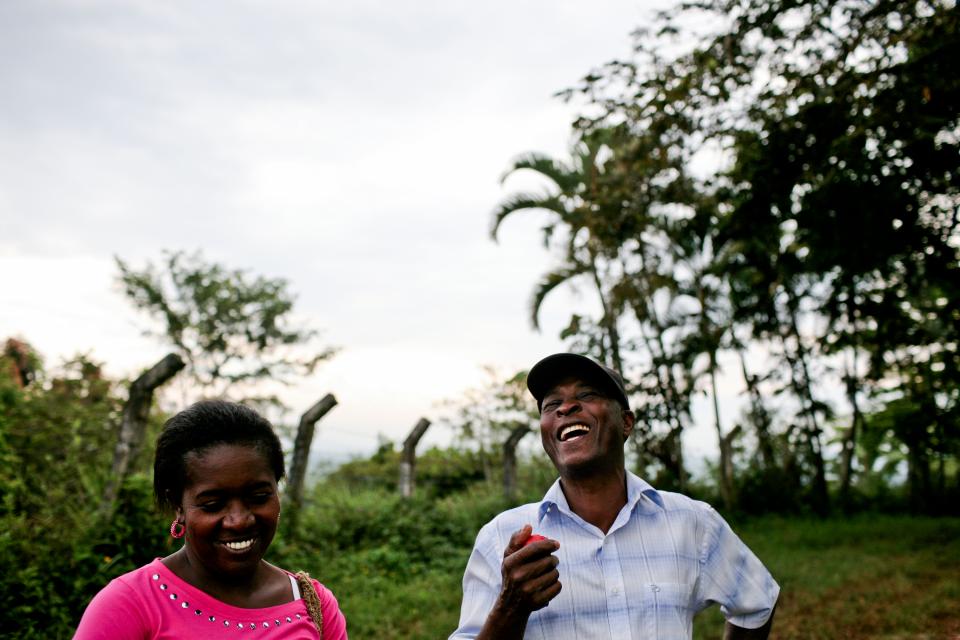Mapping the location of high numbers of women farmers and climate risks for focusing development

A methodology to identify agricultural hotspots to maximize the impact of climate interventions.
Why is the method important?
The methodology offers a way to better target climate-smart agricultural interventions to maximize successful adaptations for women farmers. This is done by focusing on areas where there is a high proportion of women farmers, and focusing on the socioeconomic barriers that women in agriculture face.
The study included all women who worked in agriculture, whether it was their main economic activity or a marginal one.
Who is the method for?
The method would be useful for researchers and development practitioners who want to improve gender outcomes in climate-smart agricultural projects.
Country of focus: India
How can I use the method?
In this study, the researchers mapped areas where three types of climate risk—drought, extreme rainfall and heat waves—are prevalent, and overlaid these with areas where women form a high proportion of the farming population. The women either cultivated land or were hired as agricultural laborers. The researchers included all women who farmed, whether it was their main work or marginal work.
The results gave them 36 hotspots. The researchers then characterized the barriers the women face. Some barriers were common to both groups, and others were specific to one group: for women cultivators, access to labor, credit and market; and for women laborers, lower wage rates.
The researchers considered the potential role of climate-smart agricultural technologies and practices to moderate the barriers, and to help women farmers adapt to the changing climate.
The results indicated that the analysis could be used to inform government planning of gender-based policies by streamlining priorities for women. This might include including special provisions for women or allocating resources to hotspots. Assessment of the socioeconomic characteristics of the hotspot populations could contribute to reforming interventions.
When and how was it developed?
This was published in 2018 by the CGIAR Research Program on Climate Change, Agriculture and Food Security.
Where can I get the method? Who can I contact?
Download the paper.
Nitya Chanana-Nag, n.chanana@cgiar.org
Publications
Woman in agriculture, and climate risks: hotspots for development
Nitya Chanana-Nag, Pramod K. Aggarwal, 'Woman in agriculture, and climate risks: hotspots for development', Climatic Change, vol. 158(1), pp.13-27, Springer Science and Business Media LLC, 2018.


